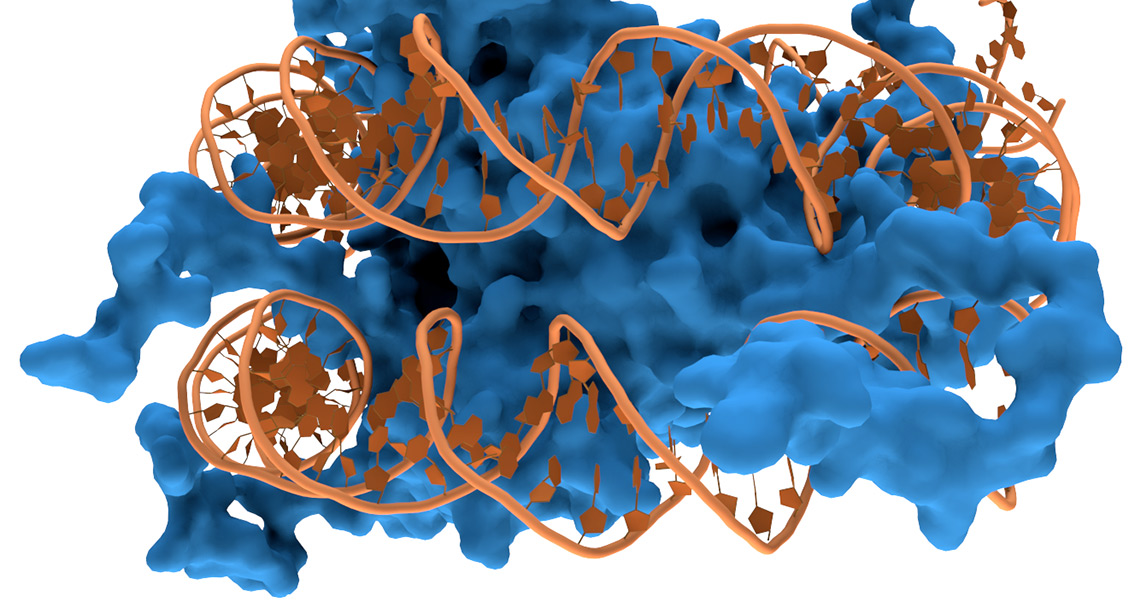<![CDATA[A new study claims to have established that 64% of European men are descendants of just three male ancestors. The international team of scientists looked into the Y chromosome specifics of 334 men from European and Middle Eastern descent, and by resequencing the DNA found that in 64% of the sequences three distinct genetic patterns could be observed. These three patterns, the team calculated, originated between 3,500 and 7,300 years ago. The precise start of the rapid expansion of populations in Europe has long been the subject of debate. Some argue it began in the Stone Age, between 6,000 and 2,000 BCE, while others claim it started in the Bronze Age, between 3,300 BCE and 600 BCE. The sample of men that the team studied came from 17 different populations. In the representatives of 13 of those populations the researchers found genetic evidence of a population burst between 2,100 to 4,200 years ago, suggesting the rapid increase of the European population started in the Bronze Age. One of the authors of the study, Mark Jobling, from Leicester University’s Department of Genetics, explained that the burst coincided with the domestication of the horse, the emergence of more refined weapon-making technology, and changes in burial practices in the region. This cultural framework probably gave rise to dominant men who fathered enough descendants to carry their genes through the millennia. The DNA samples that the team studied came from the UK, Ireland, Turkey, Spain, the Basque Country, the Netherlands, Denmark, Serbia, Hungary, Norway, Finland, Greece, Germany and Israel. Using next-generation sequencing methods the researchers identified almost 6,000 single-nucleotide polymorphisms – variations in DNA sequences. This ensured that the sample they used was sufficiently large and varied for the purposes of the research. They then grouped these variations, SNPs, into haplotypes, or sets of DNA variations that are passed from generation to generation together. After this, the team examined the internal diversity in each of the haplotypes and found that it was greatest in the Southern European and Israeli (Palestinian DNA) samples, and smallest in the Finnish sample and the UK sample from Orkney. There was a marked pattern of decreasing diversity across Europe from south to north and from east to west. The conclusion of the study authors is that the shift from hunter-gathering to farming and the above-mentioned cultural factors led to genetic changes in European populations and shifts in diversity, yet some characteristics remained stable through the centuries, allowing the researchers to isolate just three common ancestors for the larger part of the study sample. However, the DNA analysis could not reveal what triggered the population boom from two to four millennia ago. According to one of the study’s lead authors, Chiara Batini, also from the Genetics Department of Leicester University, the Bronze Age was very culturally complex, making it difficult to determine one single event that may have been responsible for the sharp growth in population. However, the work of the team is not over and they will now examine DNA from ancient human remains in a bid to further their insight into the question of how the European genetic makeup evolved. Image courtesy of Wikimedia Commons user: Thomas Splettstoesser]]>
Two-Thirds of European Men Descend From Three People
